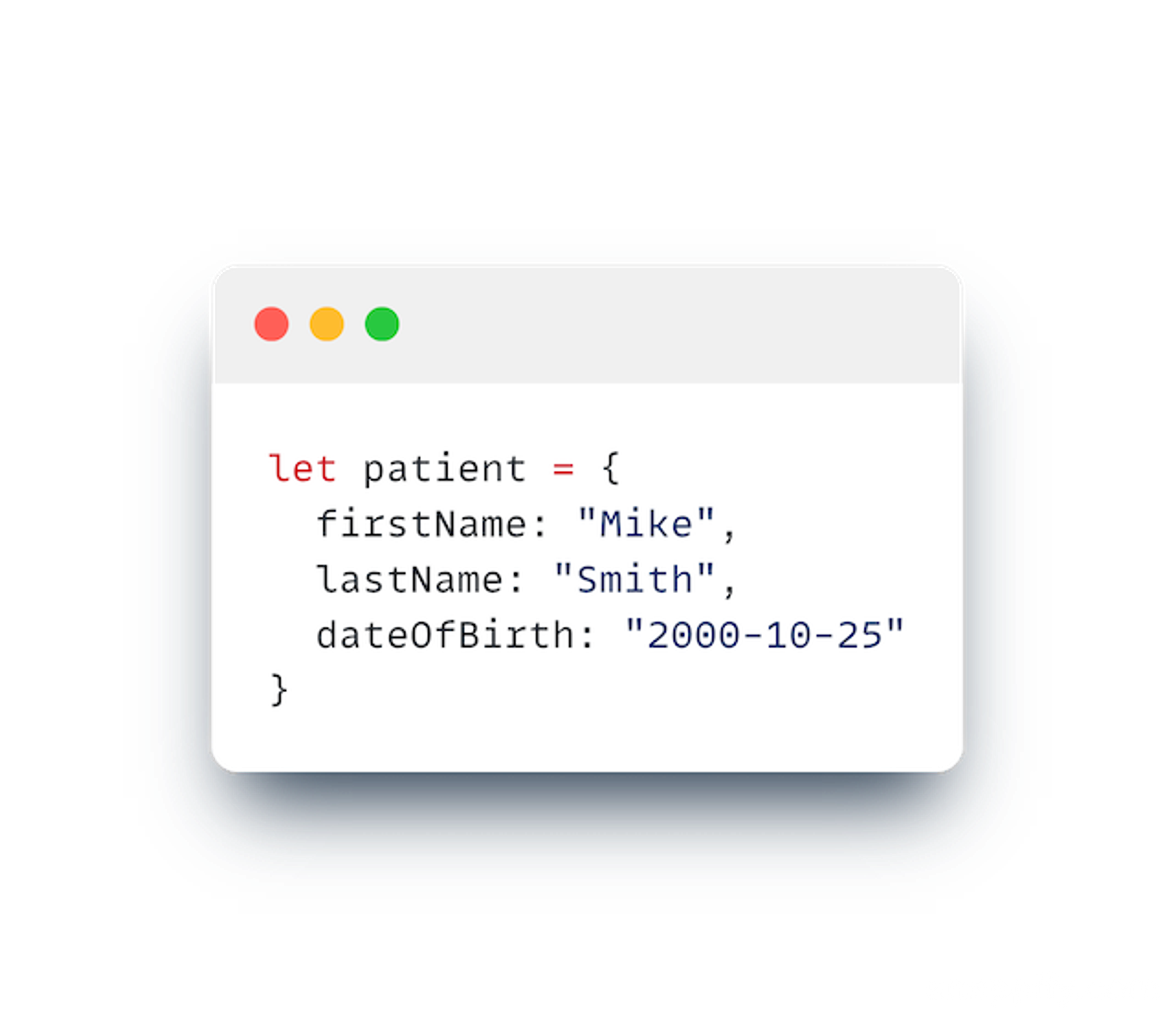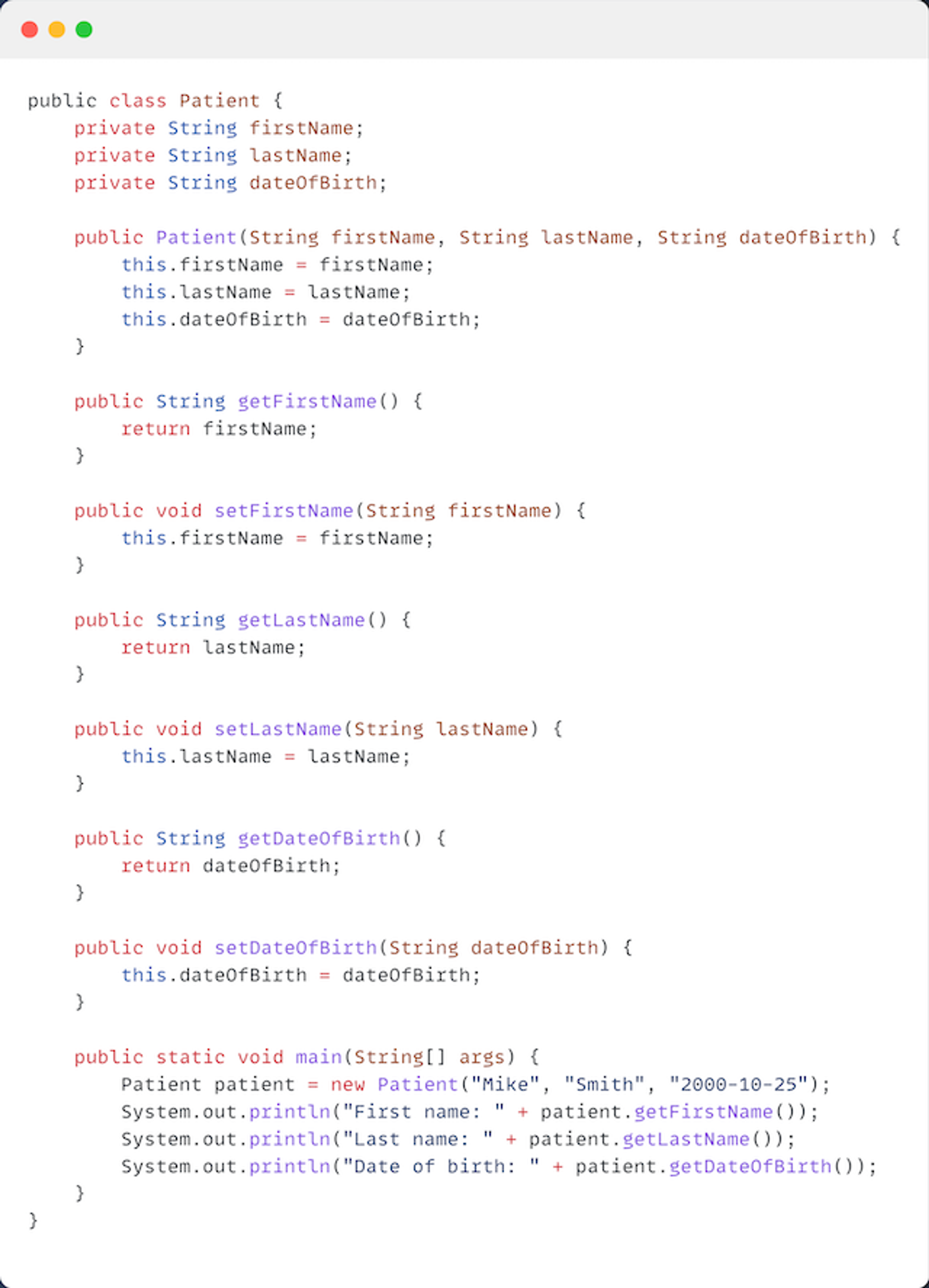JavaScript is a beginner-friendly programming language that allows developers to design interactive websites. On the other hand, Java is a complex language used to build sophisticated applications like Android apps, chatbots, and financial software.
Java and JavaScript have distinct purposes, strengths, and limitations. These factors can influence the types of projects you can create and the careers you pursue. Some tech professionals learn both Java and JavaScript, but they may be optional, depending on your professional goals.
This guide covers the key differences between Java and JavaScript to help you decide which programming language to learn.
What’s the difference between Java and JavaScript?
Many people think that moving from Java to JavaScript is like switching from driving a car to driving a lorry. Java and JavaScript, however, are as distinct from each other as a car and a sailboat. While both are a means of transportation, their skills, knowledge, and environment are entirely different.
JavaScript is an interpreted language, which means it must be executed – or activated – by a JavaScript engine. The developer writes JavaScript code and embeds it in a webpage. The code remains dormant until a user opens the webpage in a web browser like Google Chrome or Mozilla Firefox. These web browsers contain JavaScript engines that execute the JavaScript code, activating interactive features like image carousels and drop-down menus.
By contrast, Java is a compiled language requiring two steps to execute. First, a compiler translates the human-written source code into bytecode, the language of computers. The Java Virtual Machine (JVM) interprets the bytecode into a usable format for a specific operating system and executes it. This process allows developers to write Java code for any platform.
5 key differences between Java and JavaScript
The differences between Java vs. JavaScript go beyond their methods of execution. Here are five factors that set these languages apart.
Applications
The JavaScript language is typically used for web development. Developers add JavaScript code to static web pages to make the client-facing side more dynamic and interactive. For example, you can use JavaScript to add:
- Contact forms
- Buttons
- Animated text
- Pop-up windows
Frameworks like React Native and Node.js enable JavaScript Developers to create mobile apps, web servers, and browser-based video games.
Java is a platform-independent language that builds a broader range of applications, such as:
- Artificial intelligence programs
- Cross-platform desktop software
- Enterprise software
- Internet of Things applications
- Web applications
Complexity
JavaScript is a relatively lightweight scripting language that resembles human language. As an object-oriented programming language, JavaScript is designed to make web development more interactive and dynamic — allowing developers to create rich interfaces and complex web applications.
Say you’re creating a website for a doctor’s office and want to model a “patient” object. In JavaScript, your code might look like:

Java involves a more complex system that represents data as objects within classes that define how they behave. The equivalent code in Java might look like this:

Syntax
Syntax refers to the grammar rules, structure, and order of operations for programming languages. Developers use syntax to write code, just like writers use grammar and formatting conventions to create sentences.
JavaScript has a simple and relaxed syntax consisting of functions and variables. Functions are reusable building blocks of codes that perform specific tasks, while variables are containers that store data. For instance, you can use functions to add and subtract variables like price tags and weights.
Java has a more structured syntax that organises data into classes. You must declare the data type of a variable when you create it, and you can’t change this type later. Java also uses getters and setters to retrieve and modify the data stored inside classes. Java’s syntax allows developers to create more robust applications, but it’s also more challenging for beginners to learn.
Learning curve
Many factors impact how long it takes to learn coding, such as your level of programming experience. However, most people can learn JavaScript faster than Java.
Tech professionals often consider JavaScript one of the easiest programming languages to learn. Most people can pick up the basics in a few study sessions, but mastering advanced concepts takes approximately six to nine months.
JavaScript Developers should also spend a few weeks learning HTML and CSS. You can use HTML to build a website's structure or backbone, while CSS allows you to style its appearance. Together, these three languages form the building blocks of most websites.
Java is a more complex and demanding language. Coding beginners can learn foundational Java skills in around six months, but true mastery may take one to two years.
Today, both Software Engineers and non-technical professionals rely on AI-powered tools like Windsurf(opens new window) and Cursor(opens new window) to write, edit, and debug code with ease. These platforms make coding more accessible than ever — but there’s still real value in understanding the fundamentals yourself.
Learning how languages like Java and JavaScript actually work gives you the foundation to think critically about the code these tools generate, spot errors they might miss, and build more complex solutions when automation isn’t enough.
Popularity
According to Stack Overflow’s 2025 Developer Survey(opens new window), JavaScript remains the most popular programming language among professional developers, with 66% reporting use of the language. Conversely, only 29.6% of developers use Java, good for 8th on the list.
But Java’s lower ranking doesn’t mean that it’s an obscure or outdated language. According to Azul's 2025 State of Java Report(opens new window), 99% of surveyed enterprises use Java — including 50% using the language to build burgeoning AI functionality. Learning this language could open career opportunities in enterprise app development, server-side programming, and many other areas.
What is Java?
Java is a platform-independent, object-oriented programming language. James Gosling invented Java in 1995 to code digital devices like televisions. Today, many industries use Java for mobile app development, enterprise software, web applications, robotics, and more.
Java’s key features include:
- Multiple threads: Java handles multiple tasks simultaneously, improving performance
- Compiled programming language: Devices must have the Java Virtual Machine to run Java programs
- Strong typing: Variables must have defined data types, reducing errors
- Platform independence: Java programs can run on all operating systems
Disadvantages of Java include:
- Time-consuming to learn
- Slower than some other programming languages, like C++
- High memory consumption
- Complex syntax
What is JavaScript?
JavaScript is a simple scripting language that creates dynamic and interactive webpage content. Brendan Eich developed JavaScript in 1995 for Netscape. The programming language was originally called LiveScript, but the company changed the name to capitalise on Java’s popularity.
JavaScript enables frontend and backend development. On the client-facing side, you can use JavaScript code to create stylish and interactive user interfaces. On the server side, JavaScript manages tasks like processing data.
Key features of JavaScript include:
- Single thread: JavaScript executes tasks one at a time
- Interpreted language: Web browsers contain engines that execute JavaScript code
- Simple syntax: JavaScript consists of functions and variables
- Cross-browser capability: JavaScript works on all web browsers
Disadvantages of JavaScript include:
- Less security because clients can see the code
- Older web browsers may not support newer JavaScript functions
- Time-consuming to debug
Which is better, Java or JavaScript?
There’s no right or wrong answer when deciding between Java vs JavaScript. Each language has specific capabilities and limitations, making each more suitable for certain tasks.
Java is a general-purpose programming language with many applications in finance, healthcare, tech, and other booming industries. Depending on your career path, you could use Java to build and maintain:
- Android applications
- Big data engineering tools
- E-commerce platforms
- Enterprise software
- Server-side applications
- Software as a service platforms
Java can be a valuable tool in many careers, including those of an Android App Developer, Big Data Engineer, Security Engineer, and Software Engineer.
Unlike Java, JavaScript is specifically used to develop the client-facing and server sides of websites. This programming language can also be used to create browser-based video games and other web applications.
Careers often requiring JavaScript programming knowledge include Frontend Developer, Backend Developer, and Full-stack Developer.
Learning Java or JavaScript in 2025
JavaScript is a beginner-friendly programming language that can teach you how to think like a programmer. You can also use this language to pursue careers in web development. Java is a more versatile but challenging programming language. It could be an excellent choice if you want to build a wide range of applications.
No matter your path, you don’t need to enroll in a college programme to learn to code. You can use many resources to study Java and JavaScript, including:
- Bootcamp: Coding bootcamps are intensive courses that teach programming languages and other job-ready technical skills. However, many coding bootcamps have hefty price tags and low placement rates.
- Online course: Many colleges and websites offer affordable or free online coding classes. These courses can help you learn foundational skills but often don’t include career support.
- Apprenticeship: Working Software Engineers can learn additional programming languages and other in-demand technical skills via a Multiverse apprenticeship programme without having to pause their career.
Make this year the year you uplevel your coding skills
You don’t need to spend money on expensive bootcamps to learn Java and JavaScript. A Multiverse apprenticeship allows you to get paid to learn code and expand your skill set on the job. We also support your professional development with mock interviews, personal coaching, and much more.
Complete our short apprenticeship application(opens new window) today to get started.







